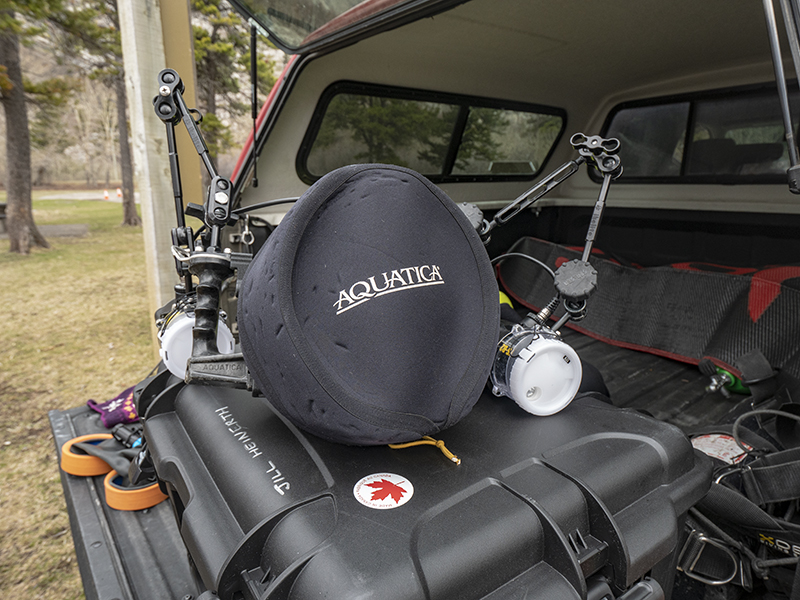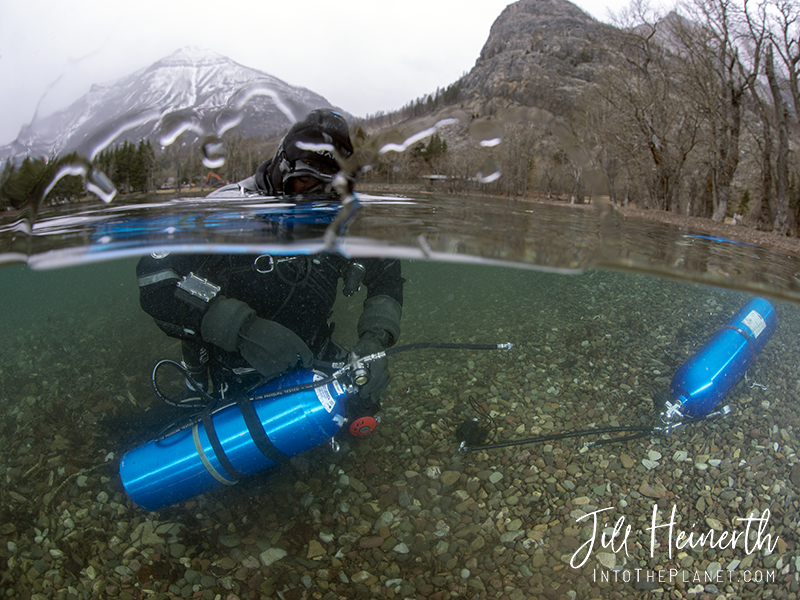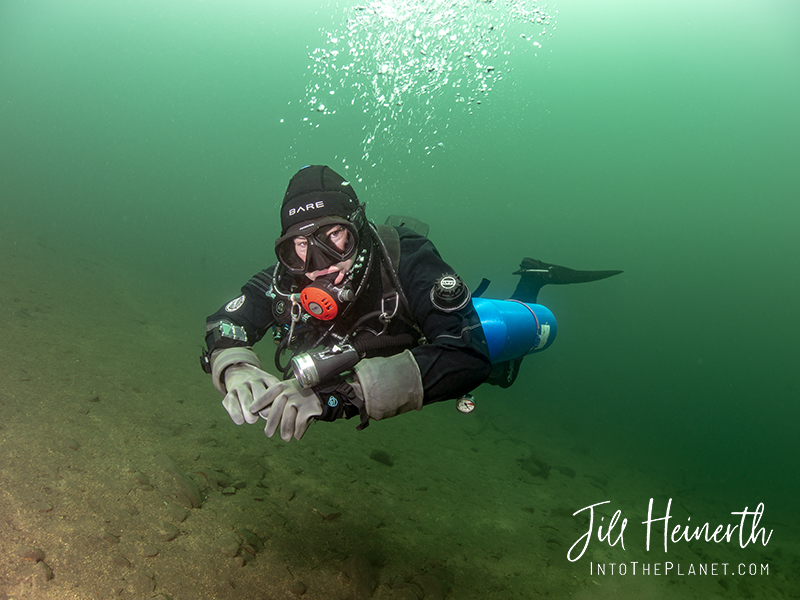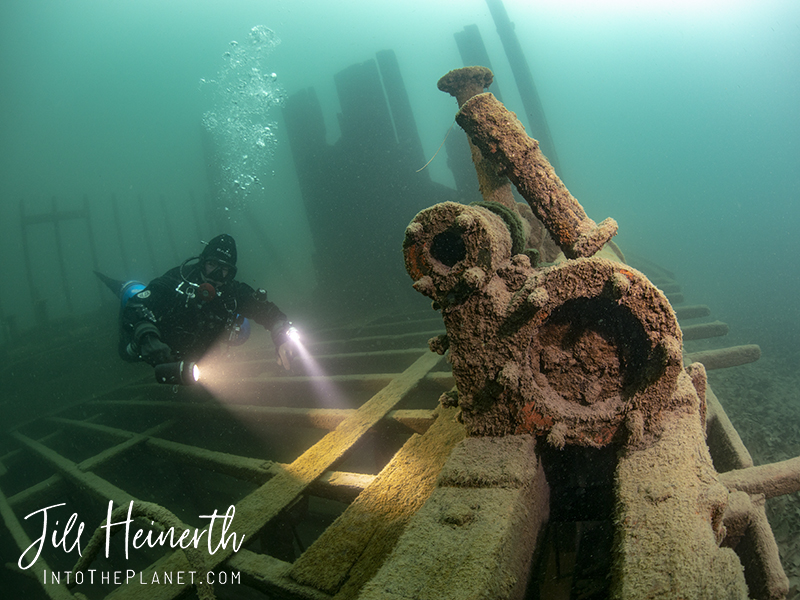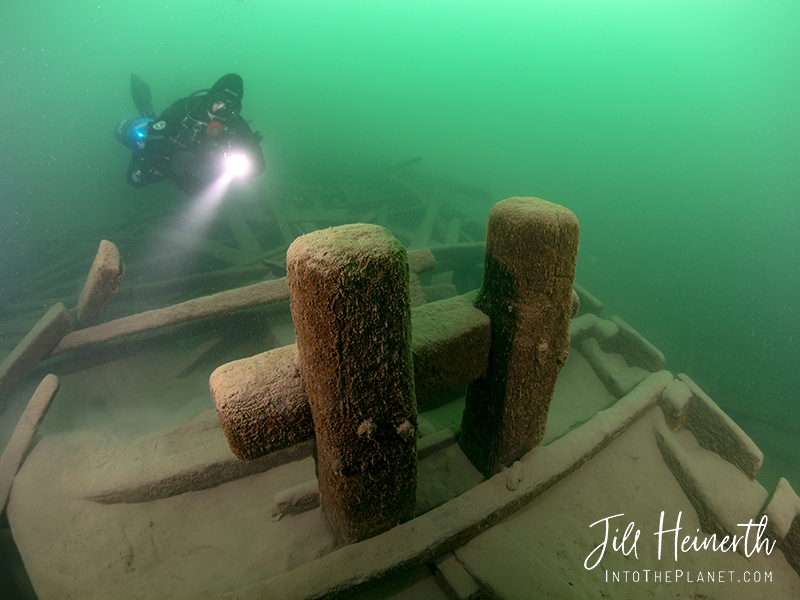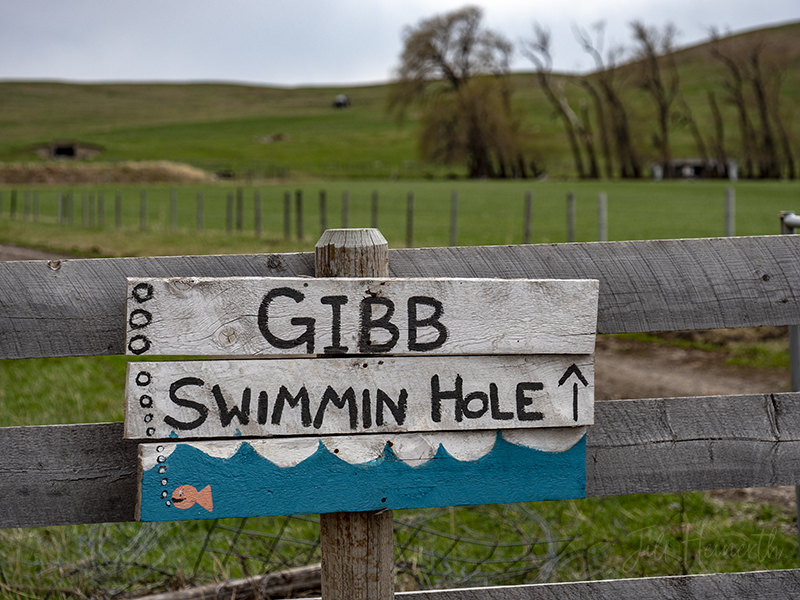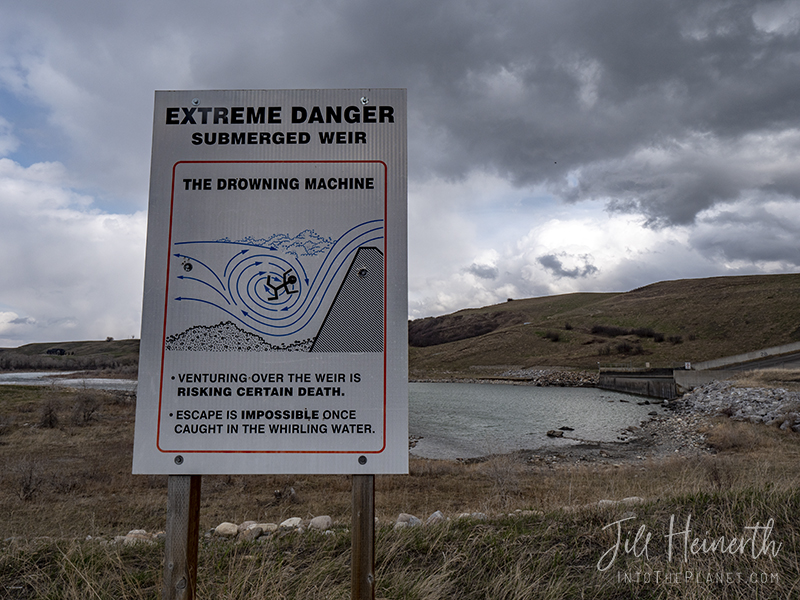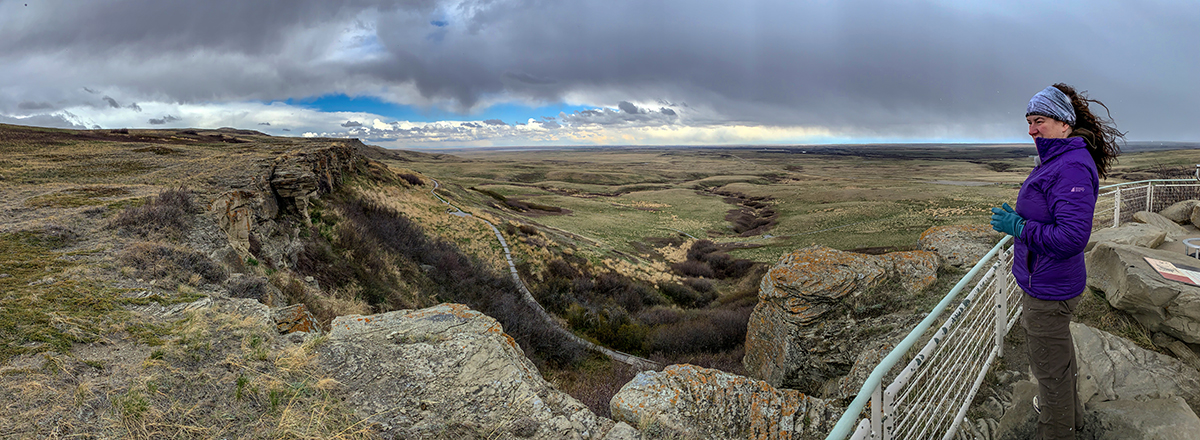
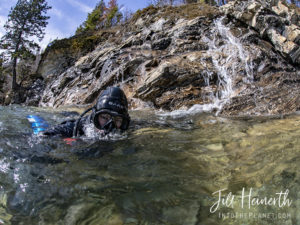 J.R.R. Tolkien coined the phrase, “not all those who wander are lost.” There is probably no better description of my life. I was once gifted with a beautiful bracelet with that inscription. I cherished it. Then I lost it on a backwoods hike.
J.R.R. Tolkien coined the phrase, “not all those who wander are lost.” There is probably no better description of my life. I was once gifted with a beautiful bracelet with that inscription. I cherished it. Then I lost it on a backwoods hike.
This weekend, I reached out to a close friend, Charlene Barker, who follows a similar creed in life. Organic, undirected, exploration is what drives her too. I knew she would be the perfect traveling companion for my visit to Alberta. We made some loose diving plans but intended to investigate places that were new to her in her native province.
After picking me up in Calgary, we drove south to Waterton Lakes National Park. (For my American friends, that is due north of Glacier National Park.) The area has been in the news in recent years due to a devastating wildfire that was sparked by lightning on August 30, 2017. Scorching weather, strong winds, and dry conditions fuelled the Kenow Wildfire for over a week. Almost 40% of the park burned and the townsite was evacuated on September 8. By the time it was extinguished, the wildfire burned 38,000 hectares, including over 19,000 hectares in the park itself. Roads, bridges, guardrails, signs, picnic areas and parking areas were affected including 80% of the hiking trail network, despite the best efforts of facility and fire protection crews. The Visitor Centre, campgrounds, stables, staff housing, and electrical infrastructure were destroyed. Parks Canada is working hard to restore the site as the ecosystem evolves and recovers on its own. Although a large part of the park remains closed, dive sites still attract visitors to enjoy the underwater landscape.
The water is cold and clear and offers excellent opportunities for divers of all experience levels. A favorite site is the wreck of a stern-wheeler called Gertrude. The steamer Gertrude was scuttled in Emerald Bay 1918. She lies in 30-60 feet of water very close to shore. You can park right beside the beach entry that is equipped with picnic tables and a changing building that helps protect you from the cold winds that blow off the surrounding mountains. Winds of over 150kph have been reported in the area, so despite the fact you are diving in a lake, surf entry techniques might be utilized of a breezy day!
Another great dive site is Cameron Bay where many depth profiles are available to visitors from recreational to technical skill levels. Waterfalls spill into the bay which is littered with old submerged logs. We saw what I thought might be freshwater sponge covering many of the rocks and logs around 60 feet deep. I’m trying to determine the species, but detailed information on freshwater species can be challenging to find.
We spent a half day searching the region as far south as the US border for other potential dive sites. Many roads were closed due to avalanche hazards from the loss of vegetation related to the fire. We followed lonely roads to discover herds of deer and a solitary moose in a thicket of brush. We chased town names that included “spring” in their place names and visited local dams and water control structures.
On our way back to Calgary, we stopped at the UNESCO World Heritage Site, Head Smashed In Buffalo Jump, that has a remarkable museum and overlook. It is one of the best views in the region and allowed us to watch the approach of a big storm. The interpretive center is exceptionally well done, documenting the indigenous people’s history of over 6000 years.
As is par for the course in an Alberta spring, we experienced weather of all types from sunny mountain views to rain, sleet, and a road closing blizzard. It’s all part of the adventure!
Although we can’t declare any grand new finds from our search, if you want to dive Alberta’s most popular site, check out Lake Minnewanka in Banff National Park. The 13-mile long lake has lots to offer from a submerged townsite to dam structure. Hotel foundations, piers, an oven, a chimney, a cellar, bridge pilings, and sidewalks are still visible in the glacier-fed water.
Archaeological remains have also been reported from an indigenous campsite. Archaeologists have recovered tools, spear points, and even atlatls. Right now, the lake is shedding its last rafts of ice and the spring diving will begin in earnest.
If you want more information about Alberta diving, contact the Alberta Underwater Council. The active, non-profit organization has been encouraging diving and related water sports for 60 years. They are responsible for organizing cleanups that have removed over 80 tons of trash from the province’s waterways. As a lobbying and educational entity, the AUC is active in issues such as the right to dive, training, safety, marine ecology, conservation, legislation, underwater archaeology, and marine heritage.
